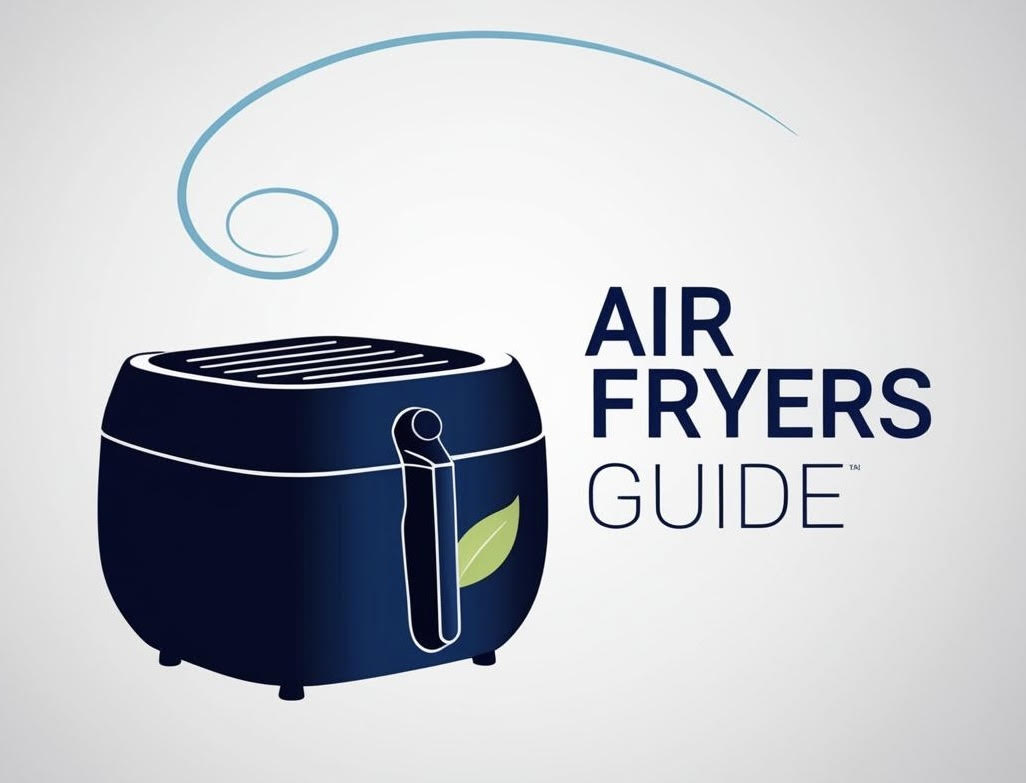Air Fryer Guides, Reviews & Comparisons Index

Welcome to the comprehensive index page for all our in-depth guides, unbiased reviews, and helpful comparison articles about air fryers. Whether you're researching your first air fryer purchase, looking for detailed information on a specific model, or comparing different types and brands, you'll find all our expert content organized here to help you make informed decisions.
Essential Guides
Air Fryer Reviews
- Top 10 Air Fryers of 2025 - Our Expert Picks
- Breville Smart Oven Air Fryer Review
- COSORI Pro III Dual Blaze Deep Dive Review
- Cuisinart TOA-60 Air Fryer Toaster Oven Deep Dive Review (2025)
- Dash Compact Air Fryer Deep Dive Review (2025)
- GoWISE USA 7-Quart Air Fryer Deep Dive Review (2025)
- Instant Vortex Plus ClearCook Review
- Ninja Air Fryer Max Deep Dive Review (2025)
- Ninja Foodi DualZone XL Deep Dive Review (2025)
- Philips XXL Air Fryer Review
- PowerXL Air Fryer Pro Plus Deep Dive Review (2025)
Air Fryer Comparisons
- Air Fryer vs. Convection Oven Comparison
- Air Fryer vs. Deep Fryer Comparison
- Air Fryer vs. Microwave Comparison
- Air Fryer vs. Standard Oven Comparison
- Air Fryer vs. Toaster Oven Comparison
- Breville vs. Cuisinart Air Fryer Oven Comparison
- COSORI vs. Instant Air Fryer Comparison
- Instant Vortex vs. Ninja Air Fryer Comparison
- Ninja Foodi vs Instant Pot Air Fryer: Multi-Cooker Mega-Test
- Ninja vs. COSORI Air Fryer Comparison
- Philips vs. Ninja Air Fryer Comparison
